Researchers at the Department of Developmental Stem Cell Biology, Institut Pasteur, Paris, France, have issued a correction to a study published in Nature on May 23, 2018. The correction pertains to a figure in Extended Data Fig. 5a(H) that was incorrectly assembled due to a figure preparation error. The mistake occurred during the assembly of the figure in InDesign, where an image corresponding to the 7rh-COLV condition was inadvertently associated with the Obtustatin-COLV panel.
According to the correction notice, the experiments were performed in 96-well plates, and images of the control (DMSO-COLV) and treatment conditions were saved in separate folders. Despite the error, the researchers note that all treatments were compared to the same DMSO-COLV control condition, and no differences were observed between treated conditions. As a result, the error has no impact on the results or their interpretation.
The corrected figure is available as Supplementary Information accompanying this amendment. The researchers acknowledge that the age of the article makes it impractical to update the figure directly. The correction serves to update the article and provide a revised figure for future reference.
Meryem B. Baghdadi, a researcher at the Department of Developmental Stem Cell Biology, stated, "We take all errors seriously and are committed to ensuring the accuracy and integrity of our research. We appreciate the opportunity to correct this mistake and provide a revised figure for the scientific community."
The study, originally published in Nature, explored the role of reciprocal signalling by Notch–Collagen V–CALCR in retaining muscle stem cells in their niche. The research has significant implications for our understanding of muscle stem cell biology and may have potential applications in the development of therapies for muscle-related disorders.
The correction highlights the importance of attention to detail in scientific research and the need for rigorous quality control measures to ensure the accuracy of published findings. It also underscores the importance of transparency and accountability in scientific research, particularly in high-impact journals like Nature.
The corrected study remains available online, and the revised figure can be accessed as Supplementary Information accompanying the amendment. The researchers' commitment to accuracy and integrity serves as a model for the scientific community, emphasizing the importance of maintaining the highest standards of research quality.



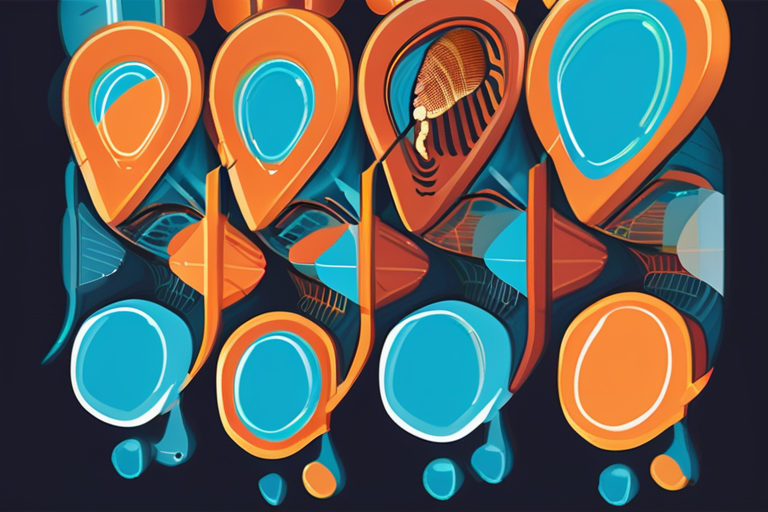

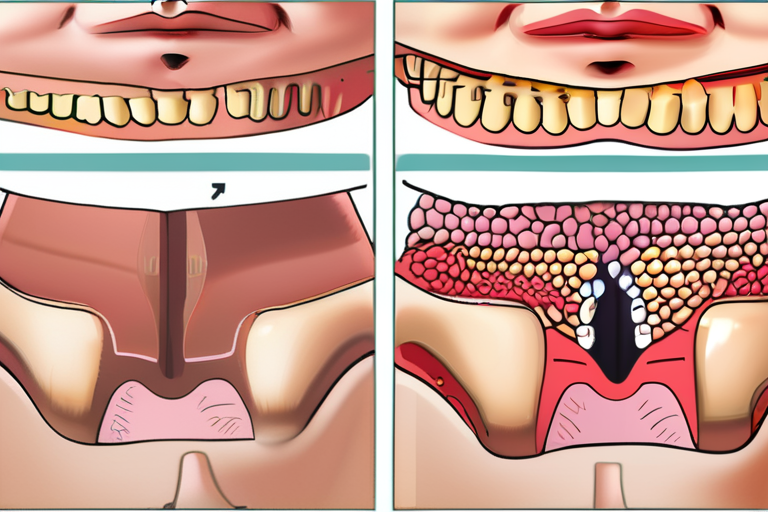

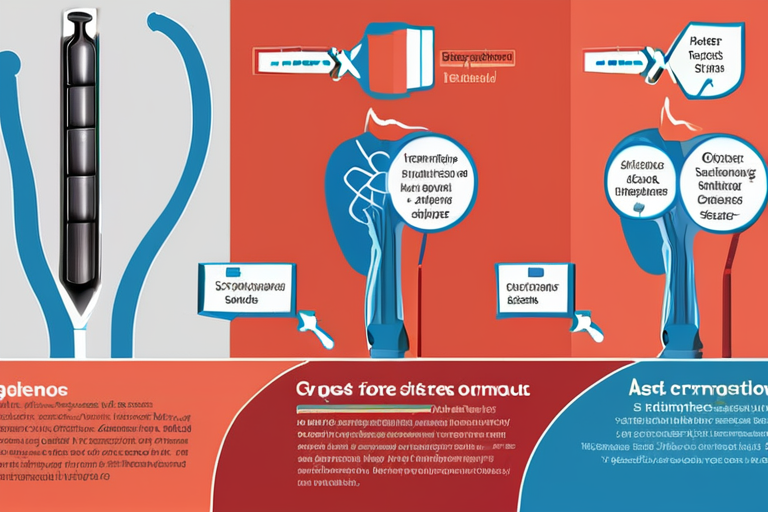

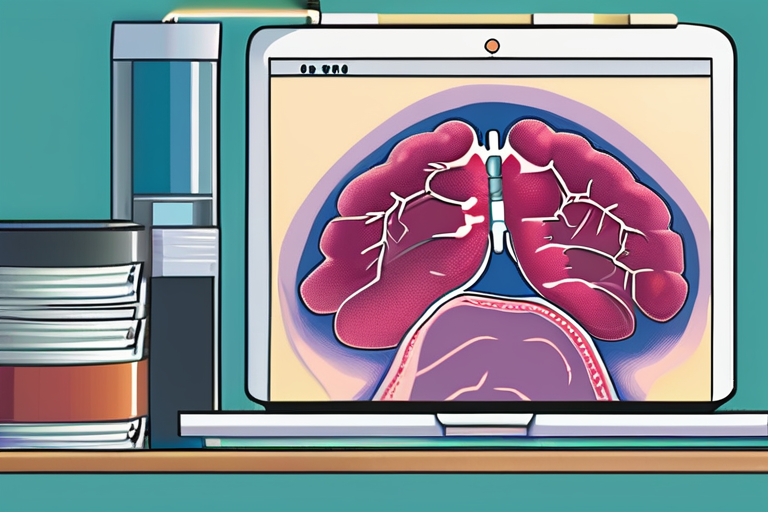









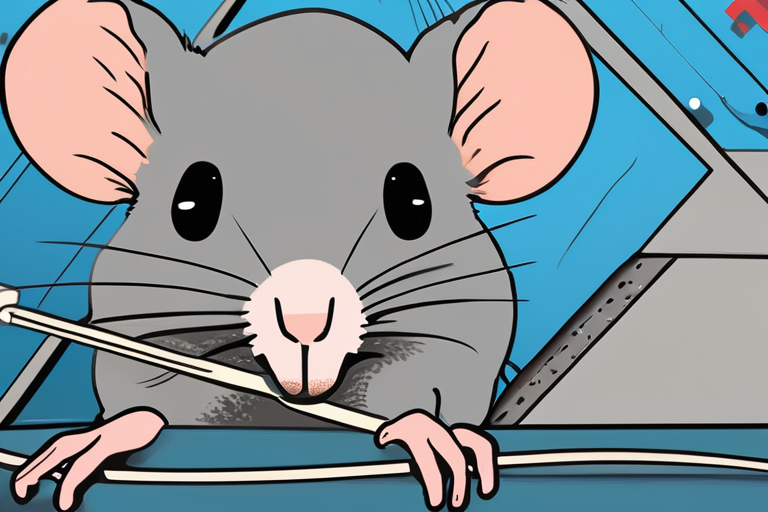



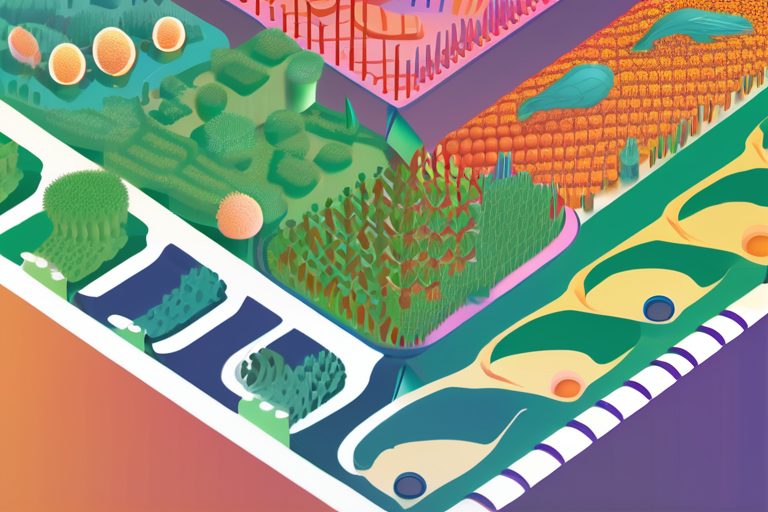


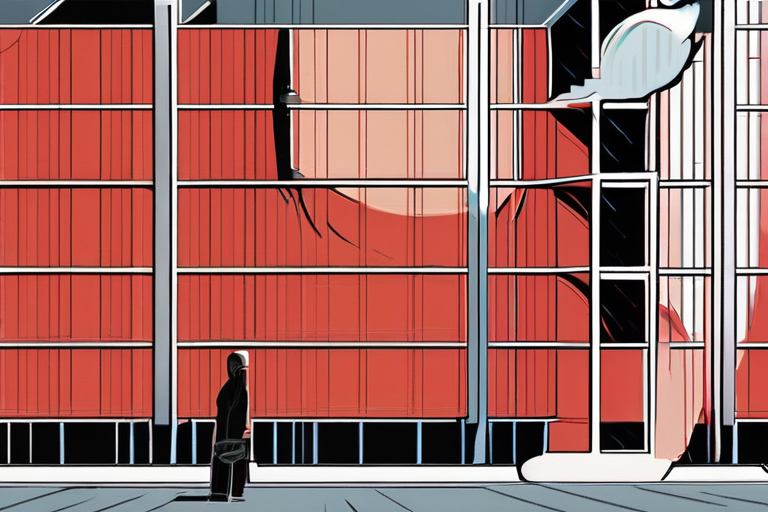
Share & Engage Share
Share this article